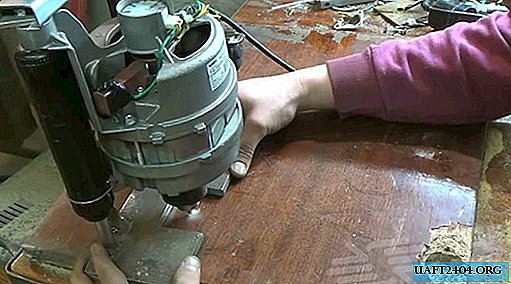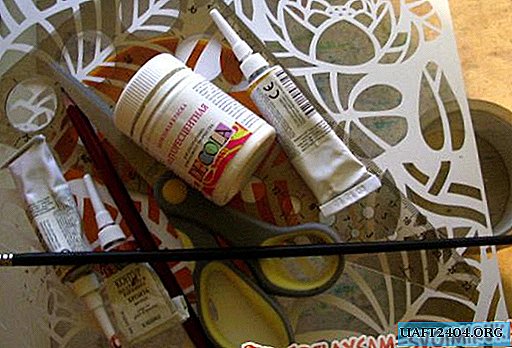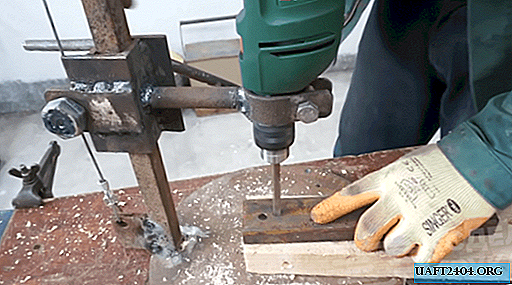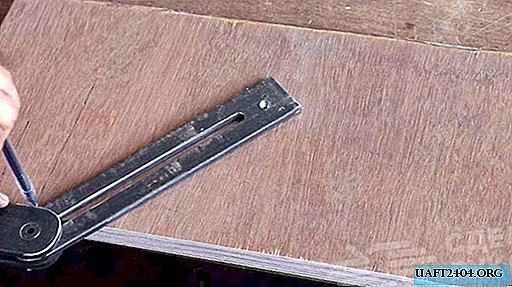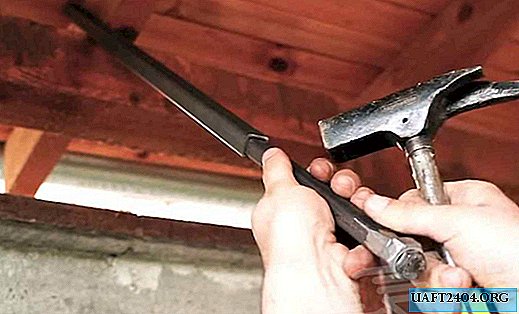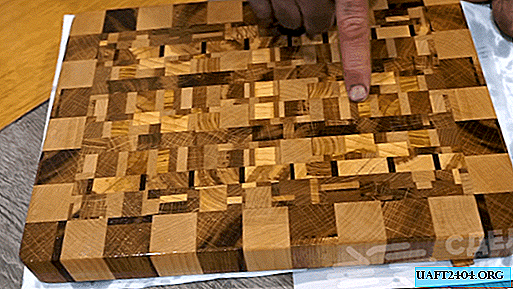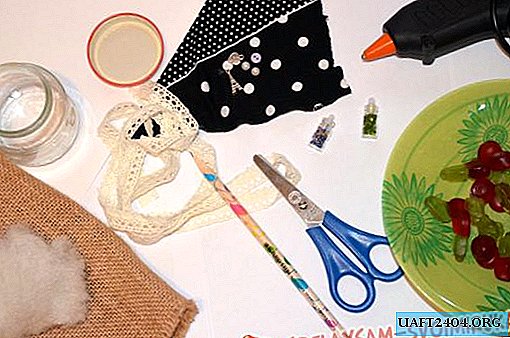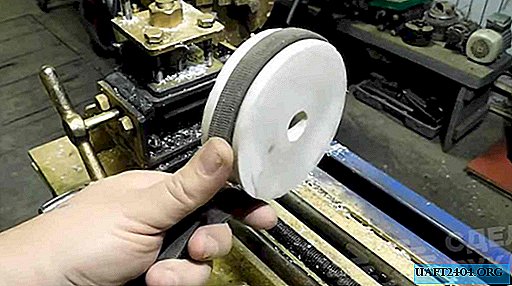Share
Pin
Tweet
Send
Share
Send
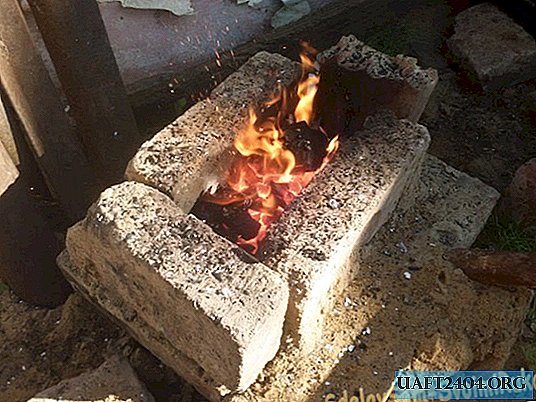
Hi, my little blacksmiths, today we’ll talk about the main part of the forge, that is, the forge. It is in it that the workpiece is heated to the required temperature before forging, hardening, or other heat treatment operations. And our horn, by the way, is able to issue up to 1100 degrees Celsius! We will use coal as fuel. The horn will be easy to manufacture and use.
It will be needed to make a hearth
So, we need:
Refractory brick. I used red and fireclay. In total, about 12 bricks are needed.
- Fireclay refractory clay. You can find it in a hardware store, and it is usually used when laying stoves. I bought forty kg of fireclay three years ago, and this package will be enough for me for a long time.
- Steel pipe with a diameter of 2-6 cm.
- Building sand.
- Steel plate, approximately 20 cm by 15 cm and a thickness of 4-8 mm.
Blacksmith's forge
Down Cam
Air will circulate in it, and ash will also accumulate. The camera is laid out of eight red bricks in two rows. Moreover, in the second, it is necessary to leave a place under the pipe. We insert the pipe at an angle, and cover all the cracks with chamotte inside and out.


As for fireclay, it is bred with sand 1: 1 and water. Knead the clay to the next state. You need to roll a small ball, put it on one palm, and the second start to crush it. Cracks should appear when squeezed in half. Fireclay clay is therefore quite cheap (I bought a package of forty kg for about 300 rubles), but in principle ordinary clay, which can be found, for example, near rivers, is also suitable. All the same, chamotte will sprinkle over time from temperatures, and the hearth will have to be greased again.

We put a steel plate on top of the lower chamber, in which lines were cut through the grinder through which air will be supplied. And again, we cover everything with chamotte.


Main camera
It will be laid out with only two fireclay bricks. I specifically made this furnace narrow because I have to work with long and narrow blanks. The width of the hearth, as you know, can be adjusted. All the cracks between the bricks need to be covered with chamotte so that the precious heat is retained for as long as possible.


The remaining bricks - the back wall and the "roof", will be removable, which allows you to work with different types of forgings.
Air is supplied by a Soviet vacuum cleaner. A packet of tape is attached to its back side, and a hose is attached to the package, which is inserted into the pipe of the hearth.


Use of the bugle
To reignite the horn, I use wood shavings, wood chips, or just paper. I set them on fire, pour coal on top and turn on the vacuum cleaner. Also, if your forge is in the open, the horn should be protected with something from the rain.
I used the furnace for smelting non-ferrous metals - aluminum cans, brass plumbing taps and even some coins (those that do not magnetize, are made of non-ferrous metals, such as brass).
Nor of course forging. I have already managed to forge pliers and a few blades.

Also, if you also decide to comprehend this difficult craft, and I would even say art, then I advise you to get some kind of apron. For the first time, I forged in shorts, and something hot, such as dross, constantly flew into my body.
Well, here comes the horn in all its glory:



Watch the video of the bugle
Share
Pin
Tweet
Send
Share
Send

